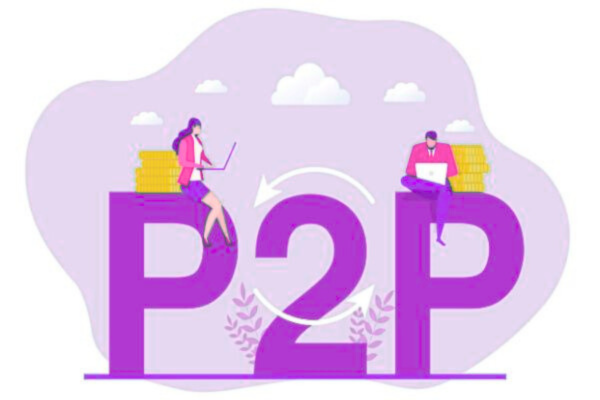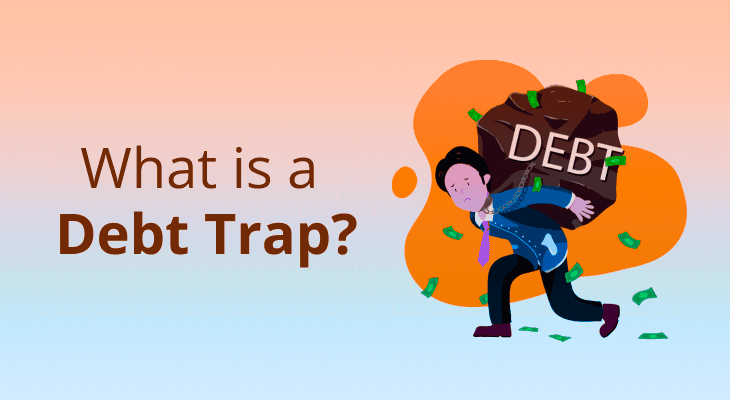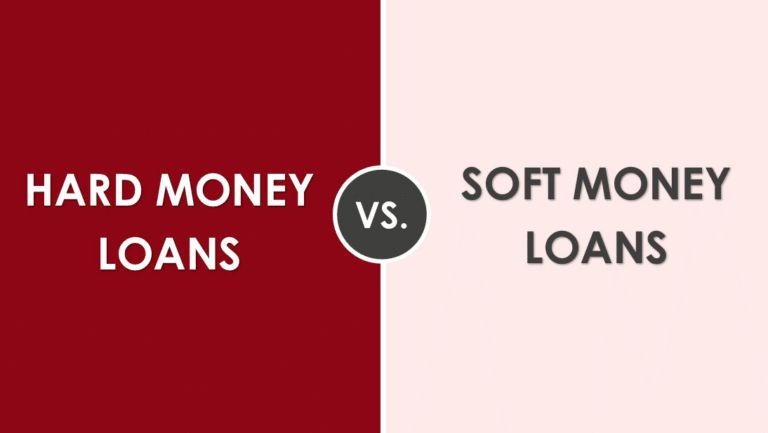Peer-to-Peer Lending: How It Works & Who Benefits
The financial world has changed dramatically in recent years, and one of the most innovative shifts has been the rise of peer-to-peer lending. Instead of relying solely on banks or credit unions, individuals can now lend money directly to other individuals or small businesses through online platforms. This system cuts out the middleman, often leading to better interest rates for borrowers and higher returns for investors. But how does peer-to-peer lending actually work, and who stands to benefit the most from it? Let’s break it down step by step.
What Is Peer-to-Peer Lending?
Peer-to-peer lending, often abbreviated as P2P lending, is a form of debt financing where people lend and borrow money without the direct involvement of a traditional financial institution. Instead, specialized online platforms act as marketplaces that connect lenders with borrowers.
In simpler terms, it’s like borrowing money from a stranger online but with the safety of contracts, risk assessments, and digital tools to protect both parties.
How Peer-to-Peer Lending Works
At its core, P2P lending is powered by technology. Here’s a simple breakdown of the process:
Step 1: Borrower Applies
An individual or business applies for a loan on a P2P lending platform. They submit details such as loan amount, purpose, credit history, and income.
Step 2: Risk Assessment
The platform reviews the borrower’s financial profile, assigns a risk rating, and sets an appropriate interest rate.
Step 3: Investor Review
Potential lenders (also called investors) browse through loan listings. They can choose to fund all or part of a loan.
Step 4: Loan Issued
Once enough investors commit funds, the loan is disbursed to the borrower.
Step 5: Repayments
The borrower repays the loan in monthly installments, which are distributed back to the investors along with interest.
Key Features of Peer-to-Peer Lending
No Banks Involved → Direct connection between lenders and borrowers.
Lower Barriers → Easier access to financing compared to traditional loans.
Higher Returns → Investors may earn more than they would from savings accounts.
Digital Efficiency → Entire process happens online, from application to repayment.
Who Benefits From Peer-to-Peer Lending?
Borrowers
Individuals with Limited Access to Credit
Those with thin credit files or moderate scores may find P2P platforms more flexible than banks.
Small Business Owners
Entrepreneurs often use P2P loans to fund expansion, cover cash flow gaps, or purchase equipment.
Debt Consolidators
People burdened by high-interest credit card debt can consolidate into a single, lower-rate loan.
Lenders (Investors)
Institutional Investors
Hedge funds and asset managers increasingly allocate funds into P2P platforms for predictable returns.
Retail Investors
Everyday people can diversify their investments by funding loans in small portions.
High-Net-Worth Individuals
Some wealthy investors use P2P lending to diversify beyond stocks, bonds, and real estate.
Advantages of Peer-to-Peer Lending
For Borrowers
- Lower interest rates compared to credit cards.
- Faster approval and funding process.
- Flexibility in loan purposes (debt consolidation, personal expenses, business use).
For Investors
Transparent risk grading and loan details.
Higher potential returns than savings accounts or bonds.
Ability to diversify by investing in multiple borrowers.
Risks of Peer-to-Peer Lending
Like any investment or loan, P2P lending has potential downsides.
For Borrowers
- Higher interest rates if credit score is low.
- Risk of rejection if deemed too risky.
- Missed payments may impact credit score significantly.
For Investors
- Risk of borrower default.
- Platform failure or fraud concerns.
- Lower liquidity since funds are tied up until repayment.
Peer-to-Peer Lending vs. Traditional Loans
| Feature | Peer-to-Peer Lending | Traditional Bank Loan |
| Approval Speed | Fast, often within days | Slow, can take weeks |
| Credit Flexibility | More lenient | Stricter requirements |
| Interest Rates | Competitive, varies by risk | Fixed, often higher |
| Accessibility | Online, open to many | Limited by banking policies |
| Investor Participation | Yes, individuals can invest | No, banks handle lending |
Regulation and Safety in P2P Lending
Many countries have introduced regulations to protect both lenders and borrowers. Platforms must register with financial authorities, disclose risks, and maintain transparent practices. However, protections can vary depending on where you live.
Best Practices for Borrowers and Lenders
Borrowers Should:
- Check credit score before applying.
- Compare platforms for interest rates and fees.
- Borrow only what is needed to avoid over-debt.
Lenders Should:
Research platform reliability and track record.
Diversify investments across multiple borrowers.
Start small before scaling investments.
The Future of Peer-to-Peer Lending
With the rise of fintech, artificial intelligence, and blockchain, P2P lending is expected to grow further. Automated credit scoring, smart contracts, and international lending opportunities could make it even more accessible and secure.
If you’re considering borrowing or investing, using reliable tools like our financial comparison calculator can help you analyze options and make informed decisions.
FAQs About Peer-to-Peer Lending
1. Is peer-to-peer lending safe?
It carries some risk, but reputable platforms have measures like credit checks and diversification options to reduce losses.
2. Do I need good credit to get a P2P loan?
Not always. Many platforms accept borrowers with fair or average credit, though interest rates may be higher.
3. How much can I borrow through P2P lending?
Loan limits vary by platform, but most allow anywhere from $1,000 to $50,000.
4. Can I use a P2P loan for business purposes?
Yes. Many small businesses use P2P loans for working capital, equipment purchases, or expansion.
5. What happens if a borrower defaults?
Investors may lose money, though some platforms use collection agencies or reserve funds to cover partial losses.
6. How do investors earn money?
Investors receive monthly repayments with interest from borrowers.
7. Are P2P loans cheaper than bank loans?
They can be, especially for borrowers with decent credit scores who might secure lower interest rates.
8. Do P2P platforms charge fees?
Yes. Borrowers may pay origination fees, while investors might pay service or withdrawal fees.
9. Is peer-to-peer lending legal everywhere?
It depends on your country. Some regions regulate it heavily, while others have limited oversight.
10. How do I choose the right platform?
Look for transparency, low fees, strong borrower screening, and positive reviews.
Conclusion
Peer-to-peer lending has transformed how people borrow and invest. By bypassing traditional banks, it creates opportunities for borrowers to access funds quickly and for investors to earn potentially higher returns. Like any financial decision, it comes with risks, but with careful research and smart strategies, both sides can benefit.




